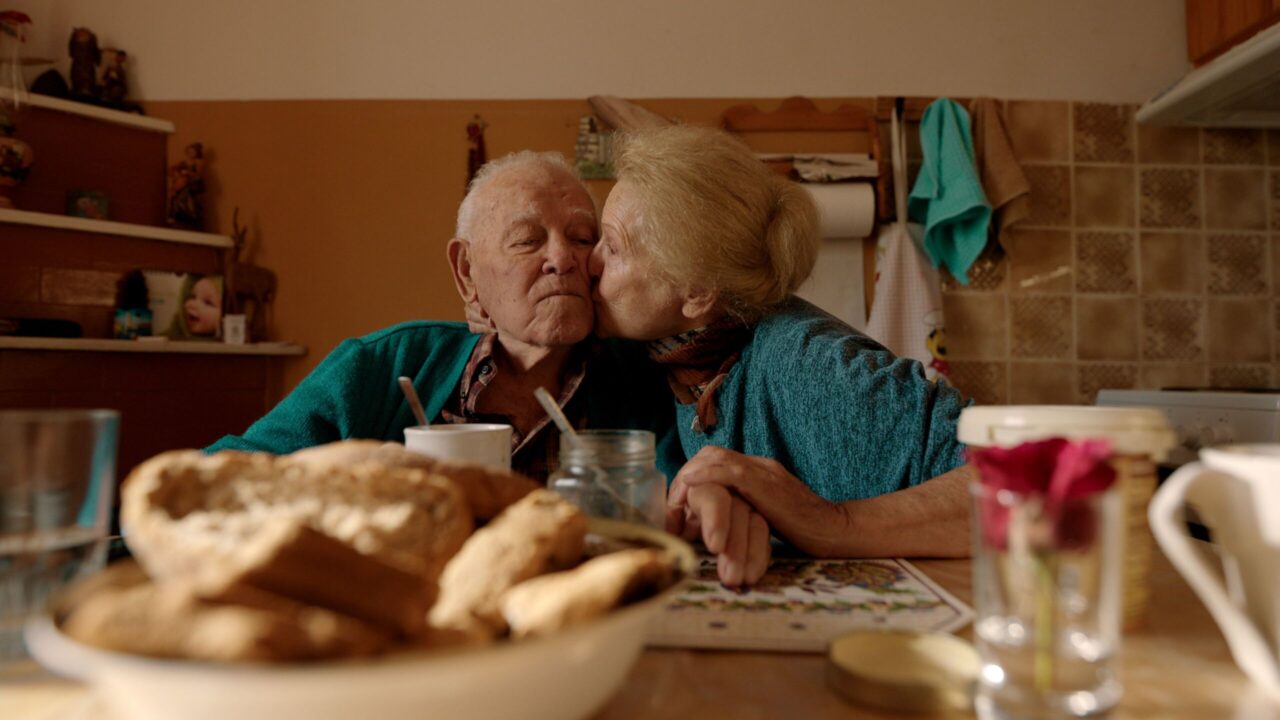New Docuseries Highlights Plant-Based Longevity
According to the new four-part docuseries "Live to 100: Secrets of the Blue Zones," our diet holds the key to how long we live. A still from “Live to 100: Secrets of the Blue Zones." (Photo: MakeMake Entertainment)
A still from “Live to 100: Secrets of the Blue Zones." (Photo: MakeMake Entertainment)
We are all going to die. Probably not today, but it’s coming. Regardless of what we eat or drink — or don’t — and no matter how much we exercise or try to stay stress-free, the end will reach us at some point. But according to a new four-part Netflix docuseries — “Live to 100: Secrets of the Blue Zones” — we may in fact have some control over our expiry date, or at least maybe the when and the how of it. The key, says Dan Buettner, star of the series and a book about the same concept, is to look to the habits of centenarians — people aged 100 and over — at how they live, and what they eat.
Blue Zones are not a new concept. Popularized by Buettner in the early 2000’s, the journalist and explorer initially teamed up with National Geographic and a team of scientists to identify and study regions of the world where people were living the longest in greatest numbers. He calls them Blue Zones, and in the new series, which USA Today reports is “blowing up,” Buettner’s research and subsequent book come to life.
Taking viewers to different corners of the world that the series dubs “longevity hotspots” — including Okinawa in Japan and Sardinia in Italy — Buettner finds common denominators among very different populations. The elders in these regions all have a strong life purpose, maintain connections to community and family, engage in daily natural movements and, importantly, eat a plant-rich diet.
The elders in these regions all have a strong life purpose, maintain connections to community and family, engage in daily natural movements and, importantly, eat a plant-rich diet.
People in Blue Zones consume mainly fruits, vegetables, beans and whole grains, all of which are rich in vitamins, minerals, antioxidants and fiber. Meat, fish and dairy are eaten sparingly, if at all, while nuts and seeds typically provide the main source of healthy fats. Though culturally different, the diets across each Blue Zone all have simple, whole and locally sourced plant-based ingredients in common. Plus, beans, especially, as Buettner emphasizes — “beans are the cornerstone of every longevity diet.”
Among elders in Okinawa, for example, soy — particularly fermented in a type of tofu — is a dietary staple, along with an especially nutritious purple sweet potato. In Sardinia, many centenarians enjoy minestrone soup, packed with beans, pasta and vegetables, alongside fermented sourdough bread. And in Nicoya, the traditional combination of “the three sisters’ — beans, squash, corn — are eaten together to provide all essential amino acids.
“Richer countries are fixated on getting protein from meat to build muscle,” notes Buettner in the series, but plants can provide all that humans need without the negative side effects associated with eating meat.
Plant proteins are typically nutrient-dense, lower in calories than animal proteins and do not contain cholesterol or saturated animal fats. This is good news for the heart, as plant-based diets are associated with a lower risk of chronic diseases, including heart disease, hypertension, type 2 diabetes, and certain cancers. This, Buettner suspects, is a big reason why Blue Zones are identified as geographic areas with lower rates of chronic diseases and longer life expectancy than other regions.
In Blue Zones, these plant-based meals are often shared with family and friends, emphasizing the social aspect of eating, while also slowing down the process with conversation and connection. This dietary pattern, combined with other lifestyle factors like spirituality and natural physical activity, contribute to the exceptional longevity and well-being observed in Blue Zone populations.
So while we may not have the ability to live forever, looking at those who are living longer and healthier than most can offer some insights into how we might push that expiry date further into the future.
Independent journalism is under threat and overshadowed by heavily funded mainstream media.
You can help level the playing field. Become a member.
Your tax-deductible contribution keeps us digging beneath the headlines to give you thought-provoking, investigative reporting and analysis that unearths what's really happening- without compromise.
Give today to support our courageous, independent journalists.
You need to be a supporter to comment.
There are currently no responses to this article.
Be the first to respond.